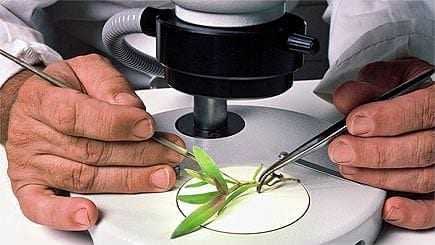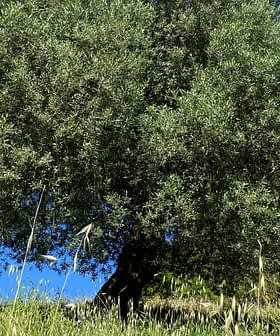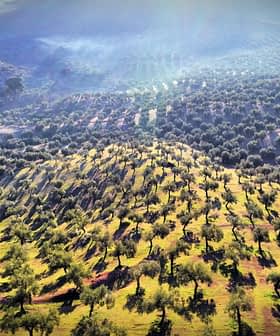
New DNA identification techniques used by the University of Córdoba to differentiate between different olive varieties are much faster and more accurate than previous identification methods.
The university and their spin-off company, IDolive, have always been at the forefront of olive identification. However, previously this meant comparing olive pits with those in their large collection to determine the type, a time-consuming process carried out by a resident expert.
Although this process is still used and the collection of pits continues to be expanded, identification of unknown samples is now being made using molecular markers, specifically through the use of microsatellites and PCR (polymerase chain reaction) techniques.
Microsatellites are segments of repeating DNA that are highly variable in a given area of any genome. Hence by identifying the amount of microsatellites in an area, differentiation can be made between varieties of a species. Microsatellites in the unknown samples are compared with those present in the database of the Pomology Group in the Department of Agronomy.
This database contains 500 different varieties of olive, from 22 countries, and allows easy and accurate identification of olive varietals. The results not only provide information about the history of a tree or olive growing area, but also a confirmation of the authenticity of particular olive plants.
Varietal identification is particularly important in the olive industry. Correct identification of plants before commercial propagation is essential as errors can only be identified several years after cultivation. Plants are expensive, so rather than risk growing a crop of the wrong variety, it is incredibly useful to be sure of the type before planting.
Californian olive oil industry consultant Alexandra Kicenik Devarenne applauded the project saying, “Olives are such an ancient crop — and the trees have such long productive lives — that we continually run into the question, ‘I know the trees are over a hundred years old and make great oil, but what variety of olive is it really?’ It generates all sorts of interesting information about the origins of the trees in various locales.”
Similar DNA technology is also used by IDolive to identify pathogens in olive plants. The absence of particular pathogens is required by legislation in order to obtain certification of plants by Spanish Royal Decree.
IDolive provides a fast identification service, where the customer simply fills out the online application form and sends the sample to be identified to the Department of Agronomía at the University of Córdoba. Results of the analysis are then sent to the customer within twenty days of receiving the sample. The cost is $140 per sample identified.








